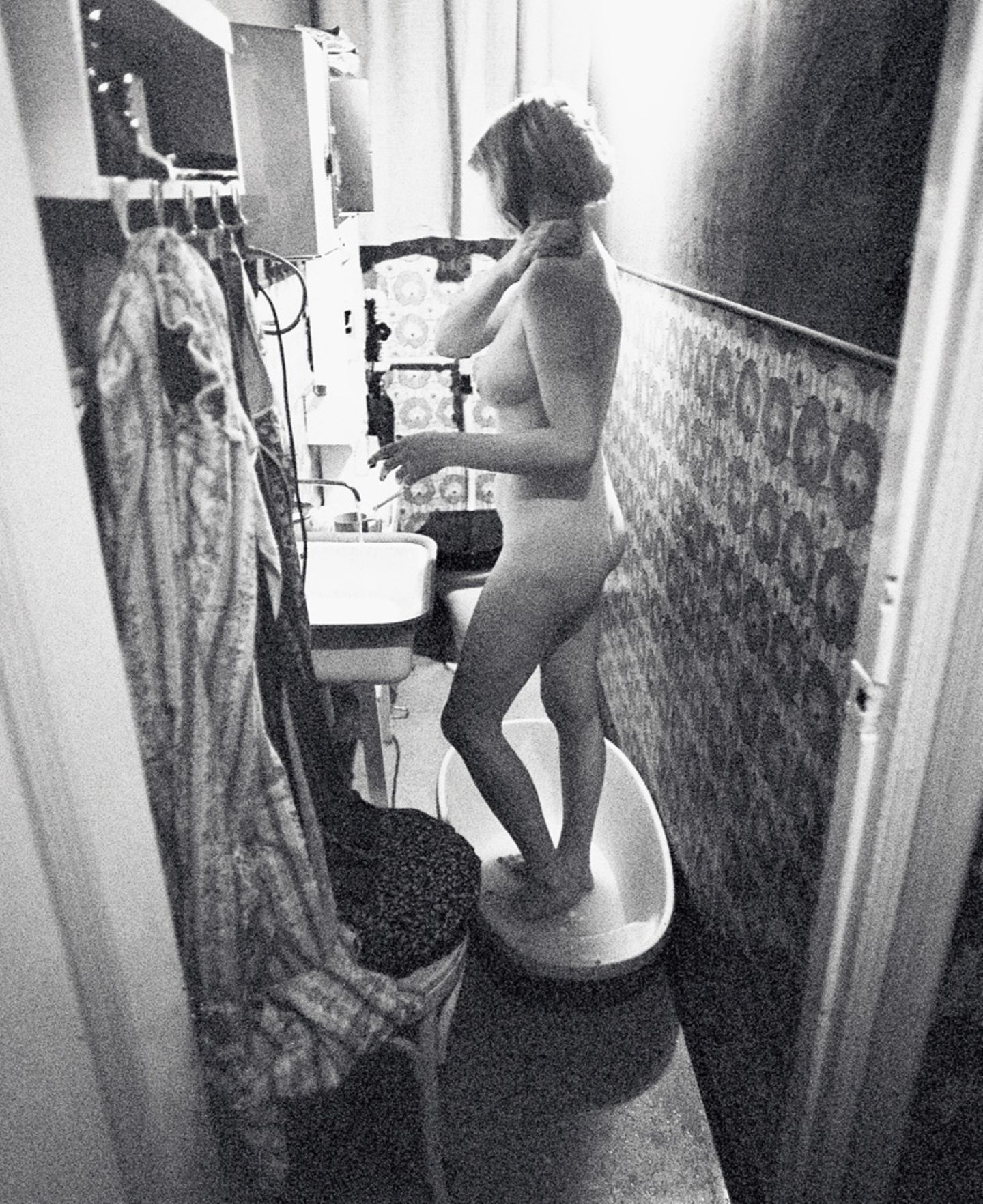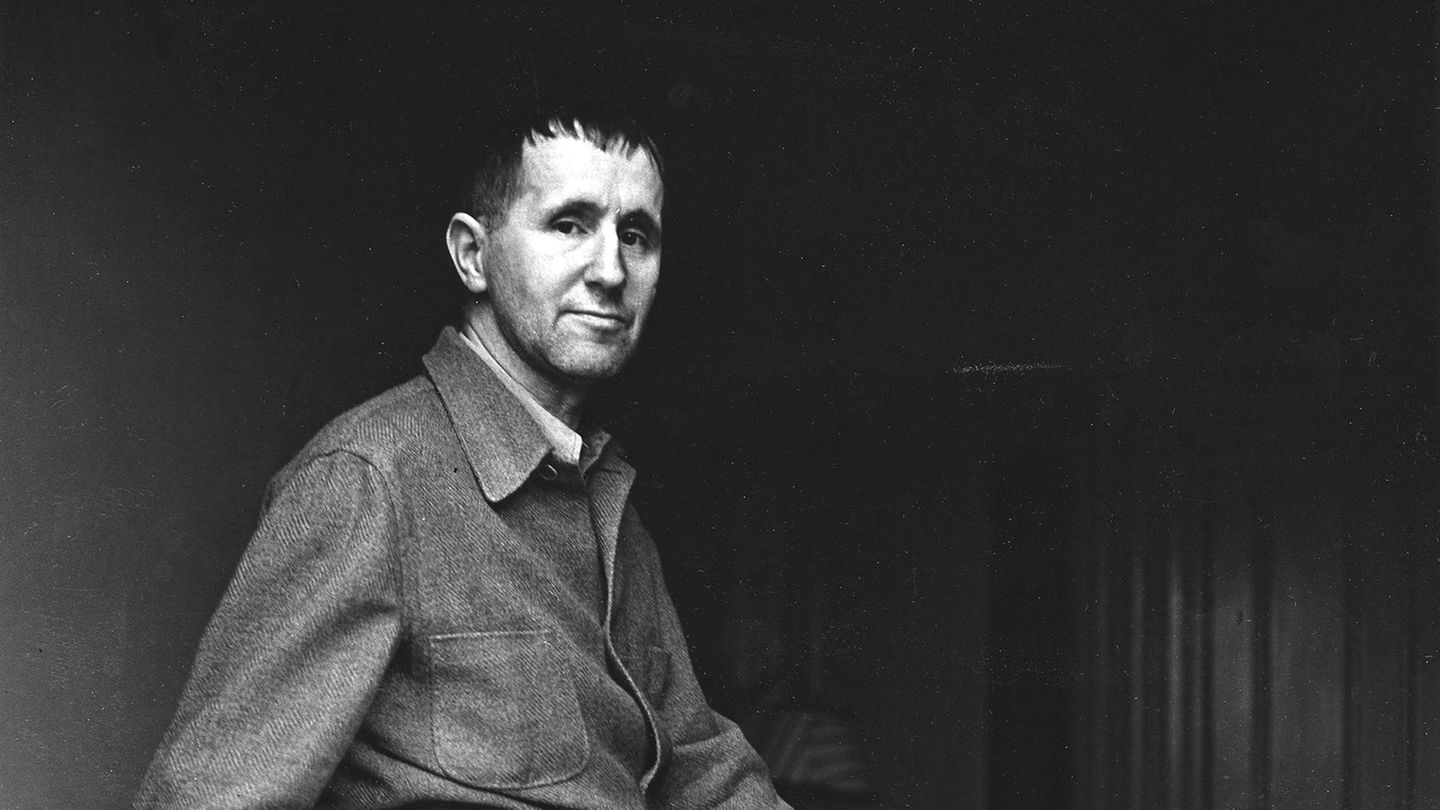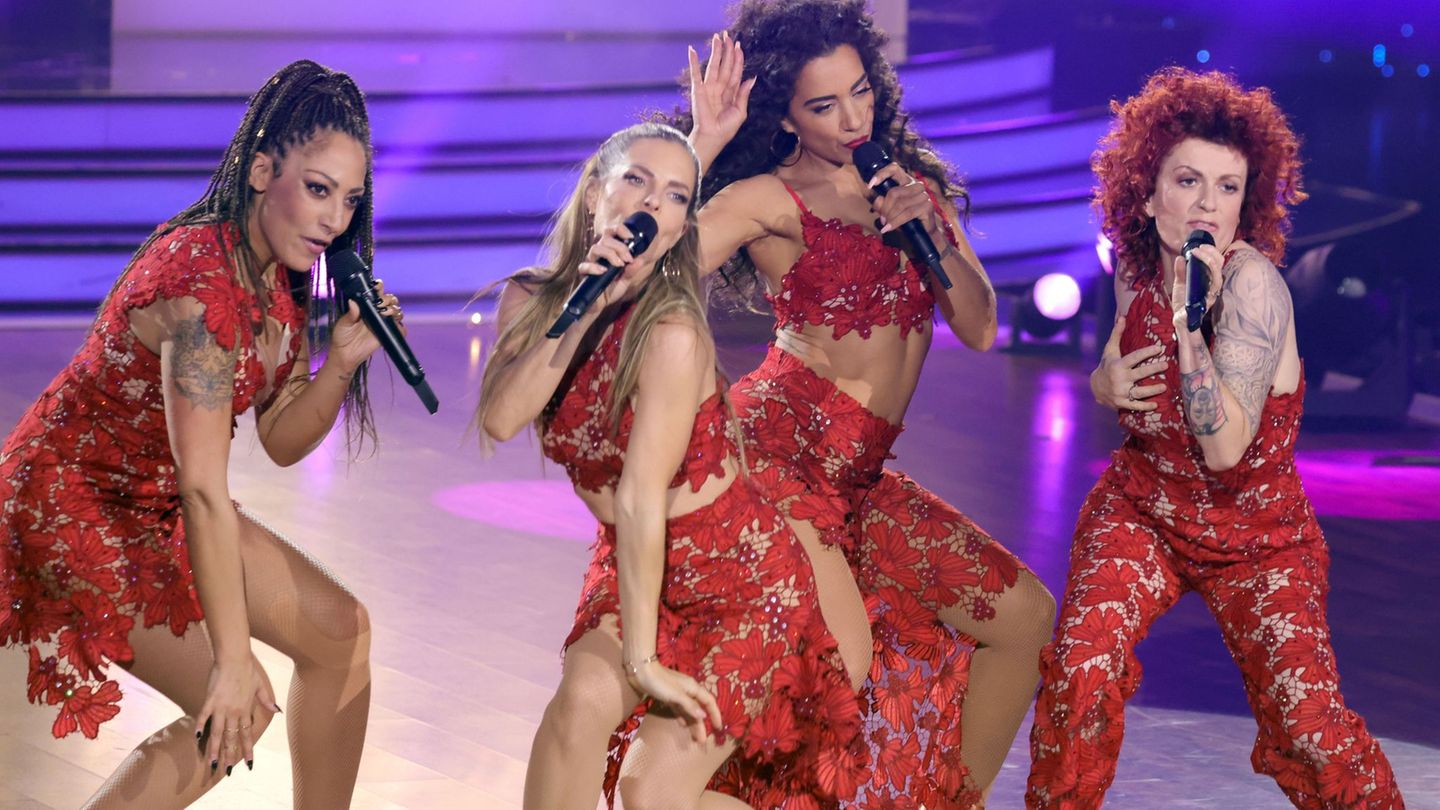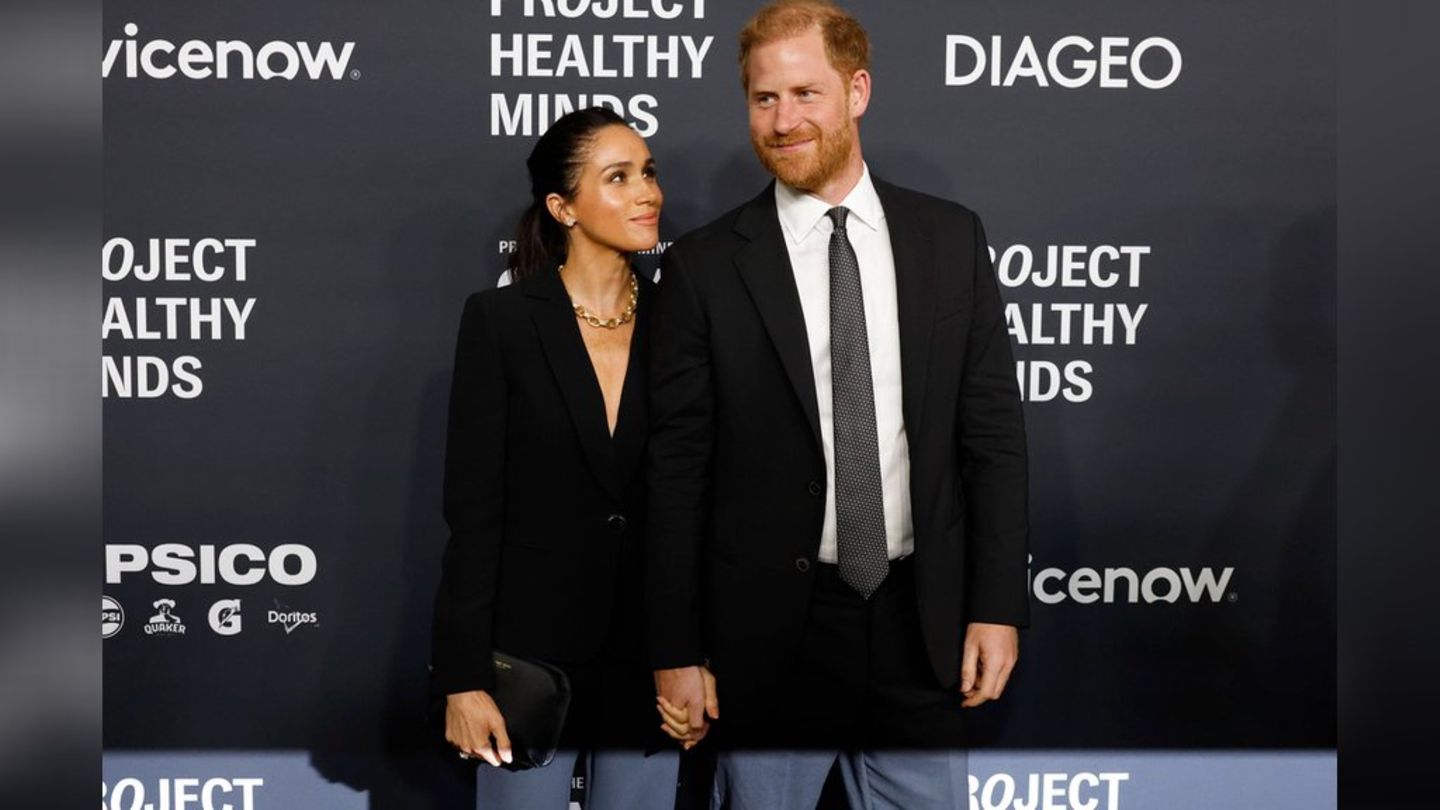Simply explained
What is Bertolt Brecht’s children’s anthem?
Copy the current link
Add to the memorial list
Bodo Ramelow suggests Bertolt Brecht’s children’s anthem as a new national anthem for Germany. But what is their text and what is behind it? A short explanation.
Bundestag Vice President (Left) has spoken out for a new German national anthem and a coordination of the colors of the black, red and gold state flag. He knows many East Germans who “do not sing along for the national anthem for many reasons. I would therefore actually like to put the children’s anthem of Bertolt Brecht to vote”, . “The Children’s anthem Has a wonderful text. About the passage that a better Germany blooms, we could find access to an overall German anthem that we could all sing together with joy, “said the left-wing politician. His proposal is not new, even before the German reunification, the” children’s anthem “was a proposal as a new hymn of the new German state. Ramelow had also brought the children’s anthem into conversation in 2019:
What is the children’s anthem?
The children’s anthem is a poem that Bertolt Brecht (1898 – 1956) wrote in 1950. The text is:
“Grace Sparet doesn’t trouble
Passion not still
That a good Germany bloom
Like another good country.
That the peoples do not bleach
As in front of a robber
But hold their hands
Like other peoples.
And not over and not under
We want to be other peoples
From the lake to the Alps
From or to the Rhine.
And because we improve this country
Love and shape it
And the loved one may seem to us
Just like other peoples. “
What is Brecht about?
The Children’s anthem Is Brecht’s counter-design to the “Deutschlandlied” and the GDR anthem “risen from ruins”.
This illustrated book shows the everyday life of the GDR – without propaganda
Again and again Ulrich Burchert deals with working life in the GDR. A series is about the everyday life of a singer. He calls her Solo Sunny Real – based on the classic “Solo Sunny” by Konrad Wolf, which was created in 1980, who tells of a singer in the GDR. © Ulrich Burchert/ Bunte GDR/ Verlag New Life More 
The East Berlin singer portrayed here has come to an ensemble through the stations of children’s circular choir, singing movement and the music college that tours through the country and at company celebrations and folk festivals.
Open the image subtitle
Back
Further
Brecht appeals to the children that they may make an effort and use for Germany so that a good country is created. The poem is characterized by the experience of National Socialism and the Second World War. No exaggerated national pride should shape Germany and frighten the neighboring countries. Instead, Brecht expresses a friendly cooperation between the states. He is concerned with peace and international understanding.
Brecht also gives all German expansion ideas a cancellation, but clearly names the geographical borders of Germany after 1945: “From or to the Rhine“Is something different from” from the Maas to the Memel “.
At the same time, the Germans should be proud of their country – just like people in other countries. Brecht is apparently about a Germany at eye level with the states of all over the world.
What hopes for Bodo Ramelow from a new national anthem?
According to Ramelow’s assessment, many East Germans strange with the German national anthem and the black-red-gold flag. While the people in the GDR had to say goodbye to their old national symbols, nothing has changed for the people in the former Federal Republic in terms of flag and anthem.
The old West German and new all -German hymn “Unity and Law and Freedom” was written by Heinrich Hoffmann von Fallersleben, the melody comes from Joseph Haydn. She became a national anthem for the first time in the Weimar Republic. The third stanza of the song of the Federal Republic of Germany has been the third stanza of the song.
With his proposal, Ramelow apparently hopes that a new, stronger sense of community with new symbols for the – not so new – all -German state.
With dpa
Source: Stern
I have been working in the news industry for over 6 years, first as a reporter and now as an editor. I have covered politics extensively, and my work has appeared in major newspapers and online news outlets around the world. In addition to my writing, I also contribute regularly to 24 Hours World.




